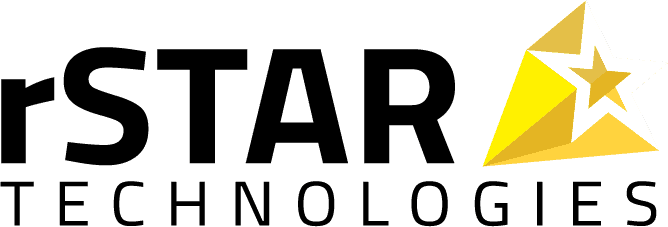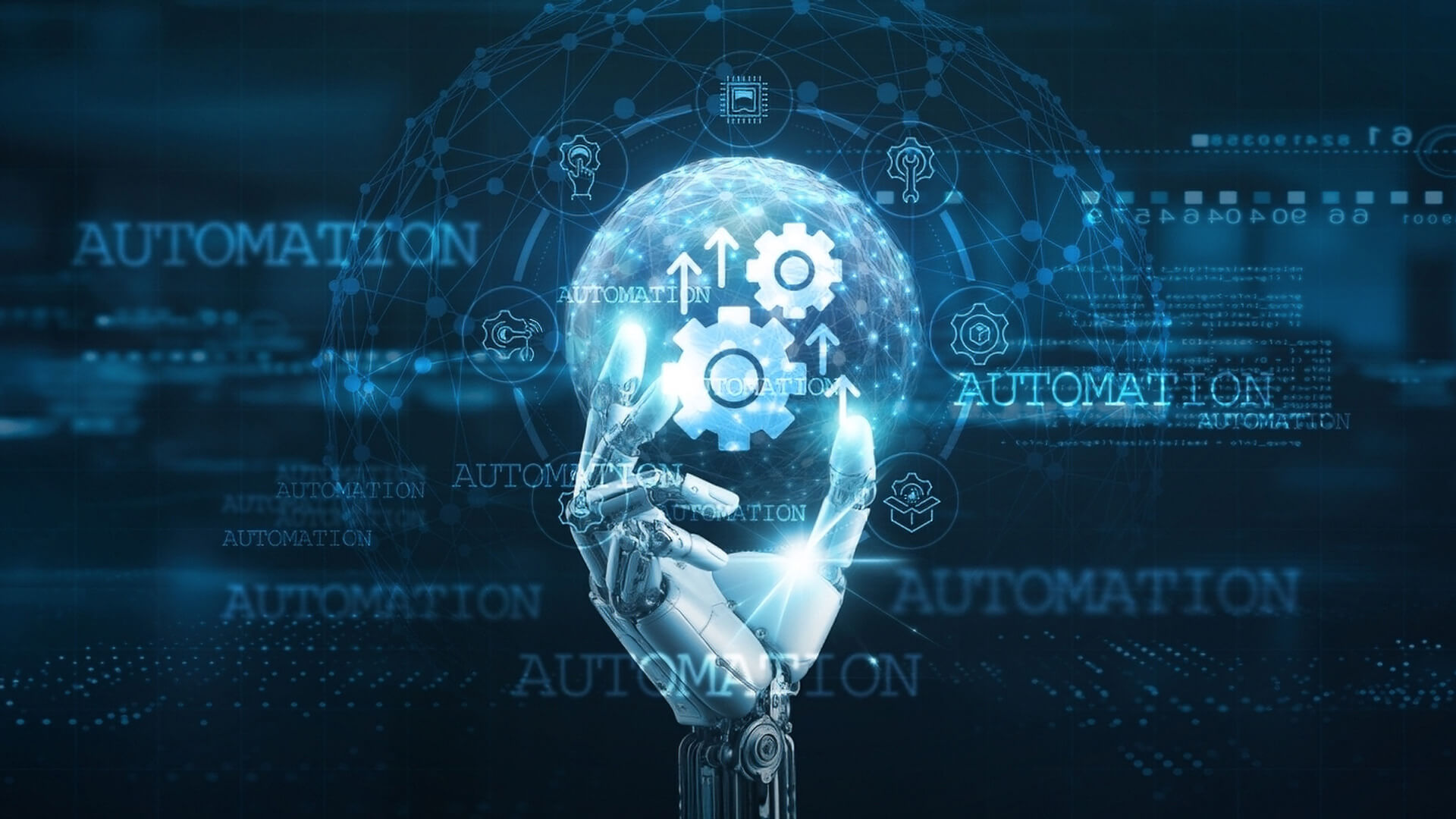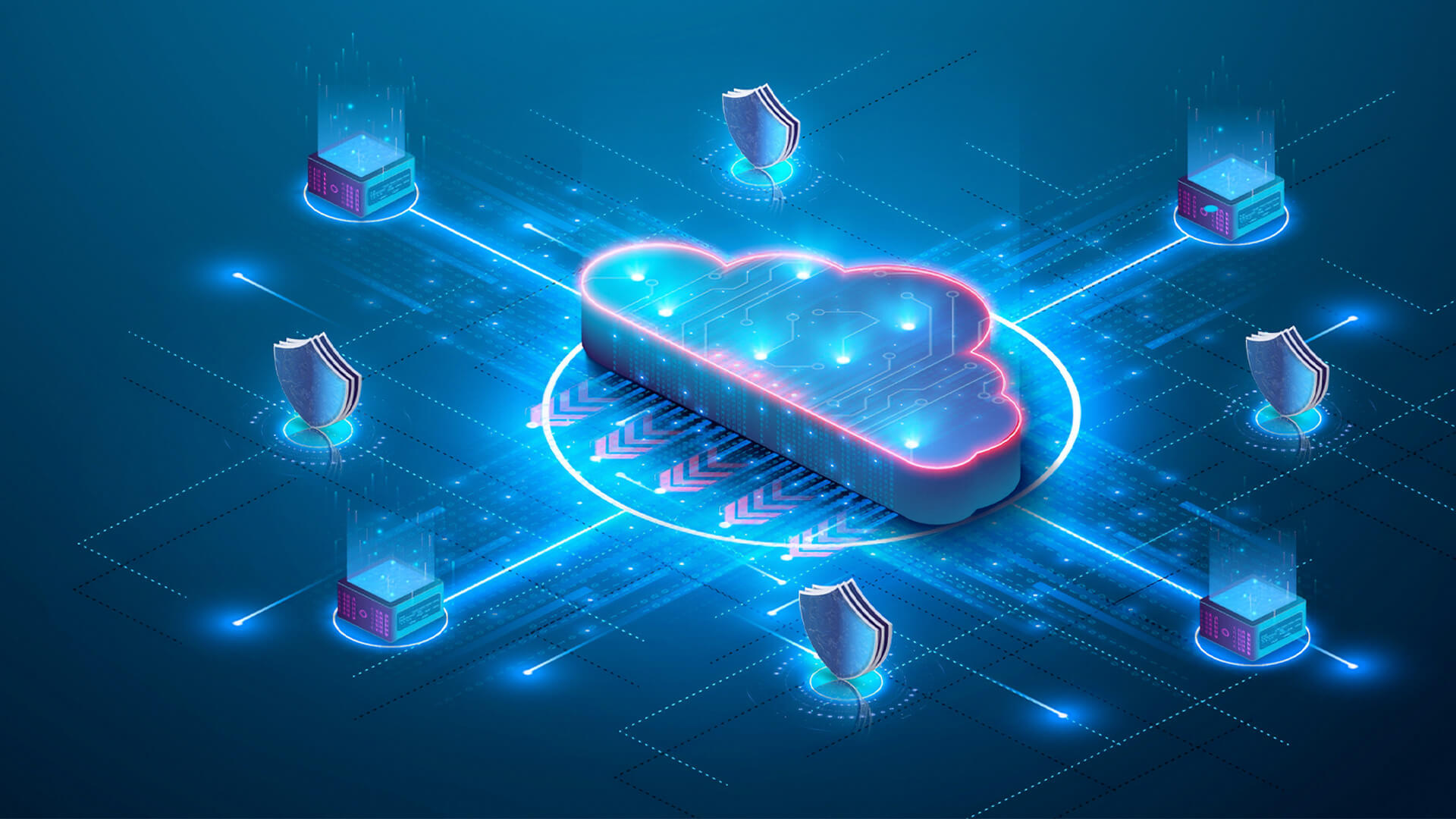Legacy monolithic ERPs limit the ability to optimize operations and achieve speed, flexibility, and revenue goals. Even when companies wish to achieve specific outcomes, a replacement ERP alone doesn’t solve the problem and is often expensive and time-consuming.
Table of Contents
In a recent webinar, we sat down with two industry experts, Danny Asnani and Vivek Ahuja, to discuss;
- The reason so many big companies face challenges with their legacy monolithic systems.
- The benefits of transforming legacy ERPs.
- The best implementation approach for optimal results.
- Some implementation complexities and drawbacks and ways to overcome them.
- Next steps for a successful implementation project.
Why Do So Many Big Companies Face Challenges with Their Monolithic Infrastructure?
Many companies struggle with smoothly integrating new apps in a way that app-app communication is enhanced. Furthermore, modifications to the system often involved reaching out to the vendors for assistance. Over time, there is a feeling of being stuck with a system, leading to technical debt, frustrations, limited productivity, poor CX delivery, and a compounding negative effect on revenue. The companies live in a paradox where the business wants to move forward and achieve speed, flexibility, scalability, and agility. Still, the data that companies need to innovate is in the legacy monolithic systems. This can be limiting in an era when customer expectations are high, and speed, scalability, and agility have become crucial for CX delivery, operations, and competitive differentiation.The Benefits of Modernization – Transforming Legacy ERPs.
Digital transformation has played a key role in modernizing diverse systems and eliminating associated challenges. This has become a competitive advantage where companies that can smoothly connect the front and back offices experience enhanced operations, positive CX KPI, and business growth. Here are the various ways companies benefit from transforming their legacy monolithic systems.Enhanced Flexibility and Agility and Reduced System Downtime
Modernized systems give companies enhanced flexibility and agility. Companies can integrate new apps, modify existing apps, or replace, retire, or consolidate apps without affecting the entire system. Furthermore, the agile nature of the system enables companies to attend to business needs quicker, enhance IT staff response, accelerate time to market, deliver personalized CX, and adapt to modern solutions faster. These are critical in mergers, new business onboarding, adapting to market shifts, maintaining CX delivery quality, etc.Innovation and Scalability
Transformed legacy ERPs make innovation, differentiation, and scalability faster, making interphase with other apps easier. This is crucial today, where industries are changing fast, and solutions are being rolled out steadily. Future-minded companies want to experiment with new technologies like regenerative AI. With an agile, flexible, and modernized system, these companies can easily experiment with these innovations within a budget and scale. This is a competitive advantage for companies in competitive industries where continuous innovation is key to staying ahead.Real-Time Data-Based Insights and Improved CX
Omnichannel CX delivery is one of the key ways to keep up with increased customer expectations and deliver excellent CX across channels. Legacy monolithic systems struggle with powering omnichannel CX delivery. However, with modernized systems, companies can easily have real-time insights into customer data and better deliver an omnichannel experience. Besides improving customer experience, these modernized systems make the job easier for field service staff who struggle with keeping up with customer data while in the field. With modernization, there is better visibility between back-office operations and field service staff, thus improving omnichannel delivery. Additionally, adopting a modernization solution like microservices architecture makes it easier for companies to seamlessly replace their legacy systems to improve omnichannel delivery, pro-activeness, and transformation without any service disruption for the end users.The Best Implementation Approach for Optimal Results
Like every other high-level implementation project in asset-intensive industries, transforming a legacy Oracle ERP is not a big-bang project but rather a project that should be approached incrementally. For the best outcomes,- Get business buy-in so every stakeholder understands the goal of the project, their level of involvement, and the expected results.
- Get business buy-in so every stakeholder understands the goal of the project, their level of involvement, and the expected results.
- Start with defining a project goal and break it into smaller sub-project milestones according to company priority.
- Have a pilot use case – a baseline milestone that can be the starting point.
- Define the MVP needed for usability by the end user.
- Implement in sprints, adopting an agile approach that executes the project in iterations.
Complexities and Drawbacks of Transforming These Systems
Despite the many benefits of legacy Oracle ERP transformation, many companies drag their feet when it comes to implementation, while others end up with unsuccessful implementation projects. It can be as a result of one or a combination of reasons.- They don’t have the right governance framework to increase reusability.
- They have no scalability and cost-effectiveness strategy.
- Improper planning. Many companies bite more than they can chew.
- Failure to define project goals and break them down into short, middle, and long-term goals.
- Struggle to balance flexibility and agility while transitioning.
- Internal politics and bureaucracy.
- Having a one-size-fits-all approach, neglecting that implementation is different for every company.
Next Steps
Taking the right step is critical to success when transforming a legacy Oracle ERP into a connected, agile platform. Here’s a quick rundown of how to get started in the right direction.- The implementation process is a unique journey; understand the company situation and define the right goals.
- Conduct maturity assessment on people, processes, frameworks, culture, etc., to assess readiness and any limitations to implementation.
- Have realistic expectations. Legacy Oracle ERP transformation is a huge project that requires a series of iterations and tweaks to optimize outcomes.
- Ensure teams and departments are aligned to buy in and seamlessly adopt and adapt to the new paradigm.
- Have the right implementation management framework.






